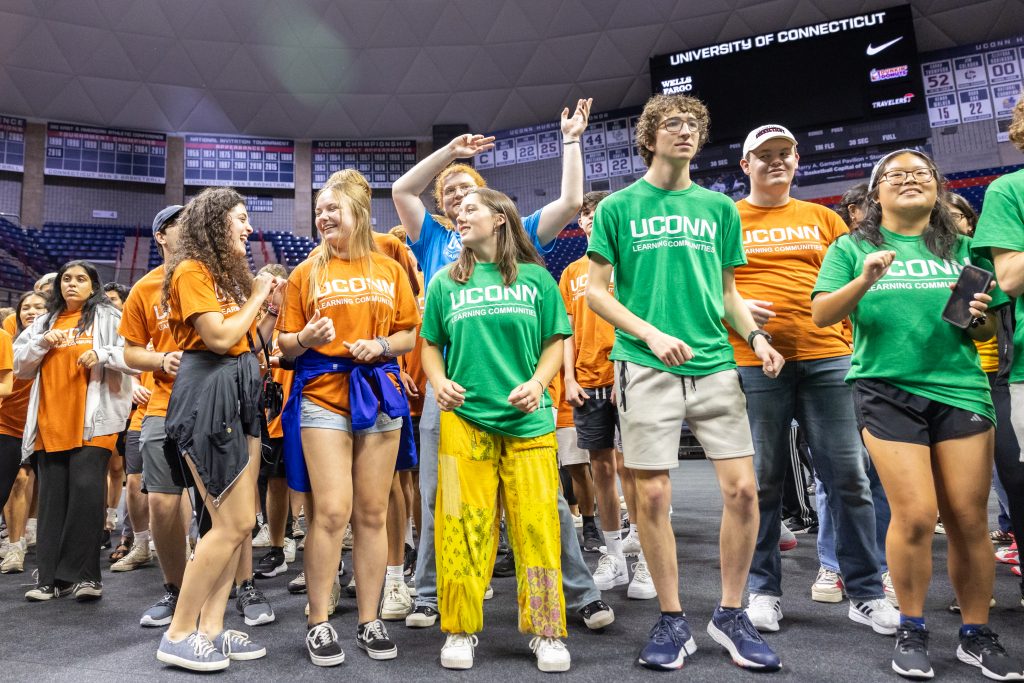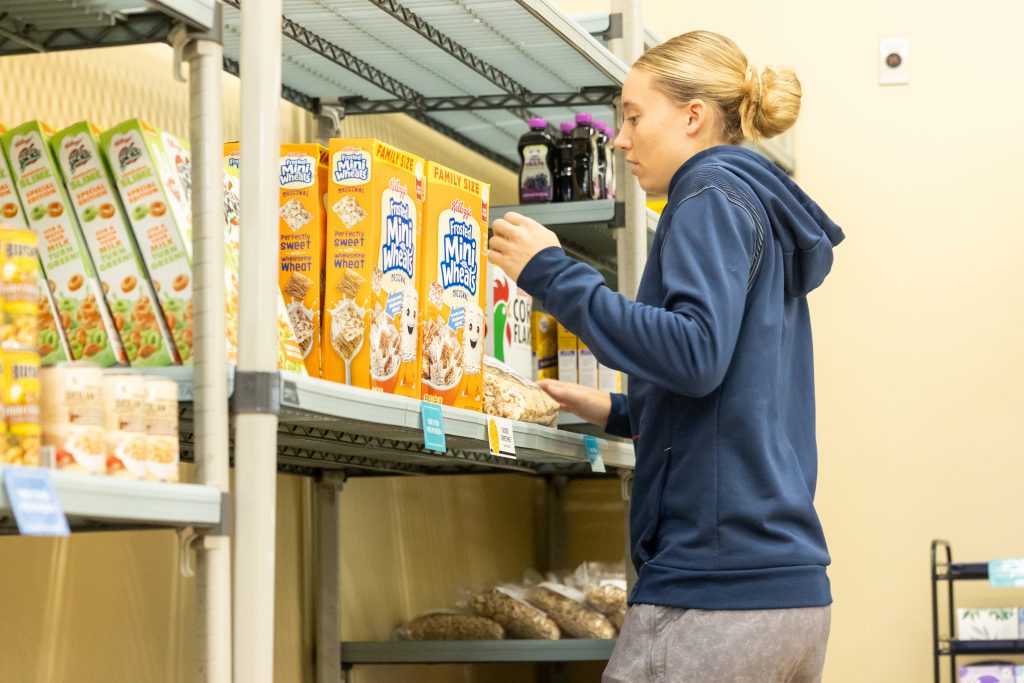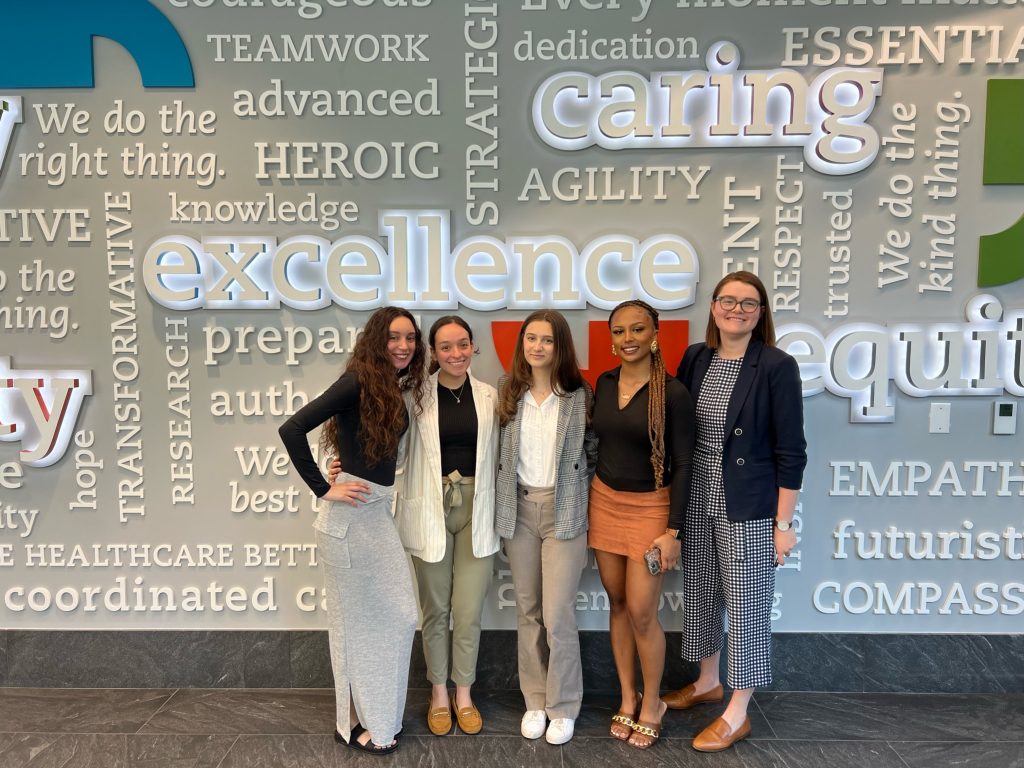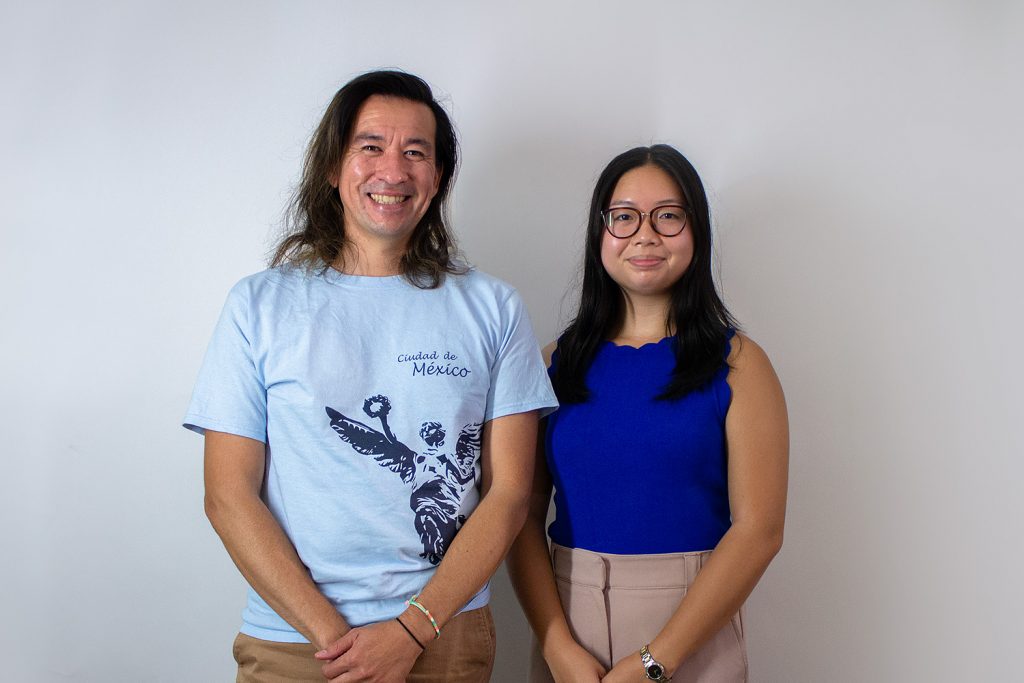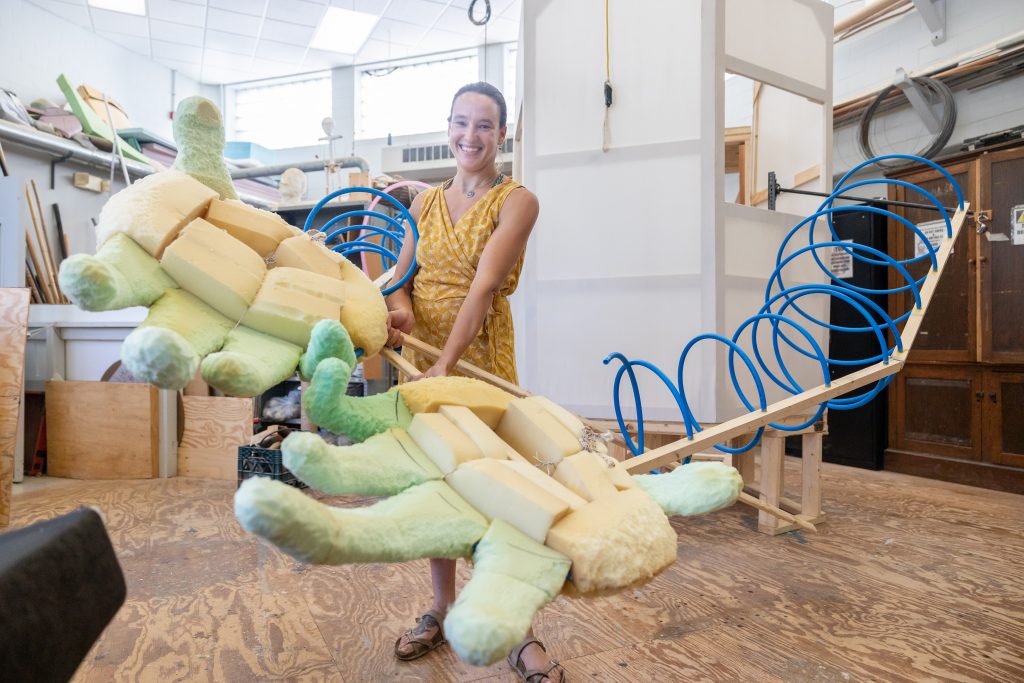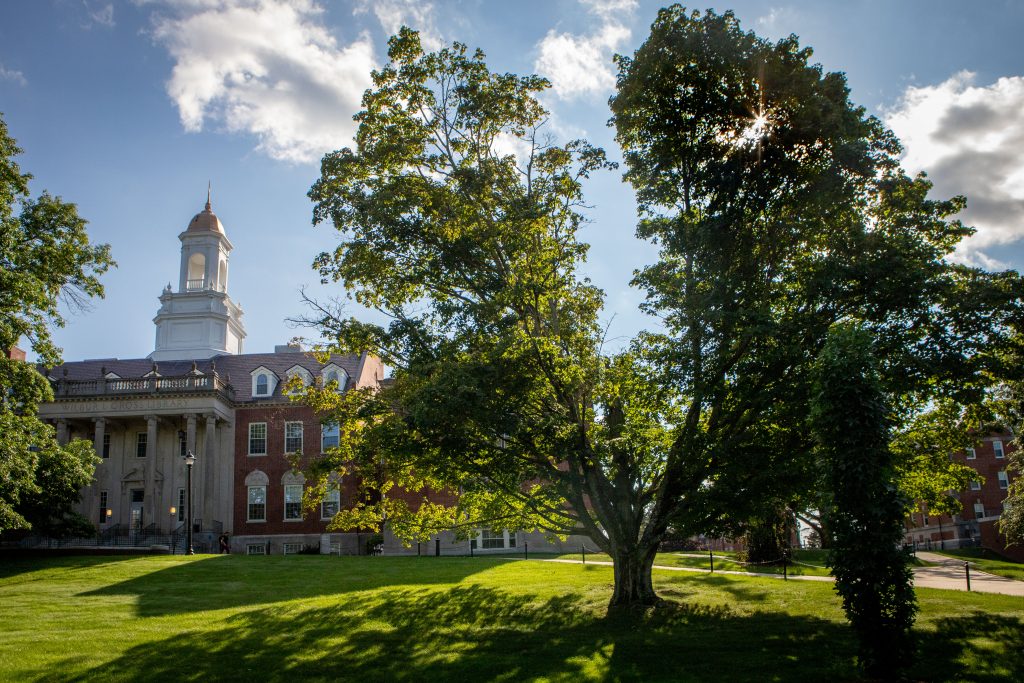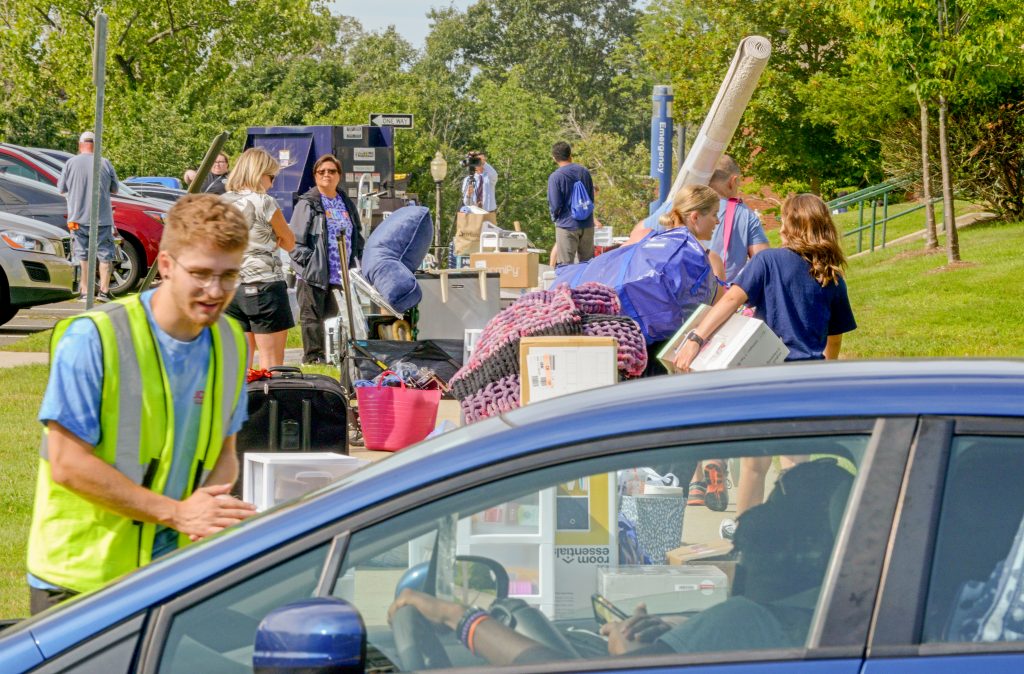Undergraduates
UConn Learning Communities Program Ranked in U.S. News Top 25
UConn has 34 residential and non-residential learning communities with more than 2,800 student participants
September 26, 2023 | Stephanie Reitz
Paige Bueckers, Chegg Inc. Announce Their Support for Husky Harvest in Storrs
'For Paige to step up and make this a priority is something I commend her for. She’s an incredibly busy student-athlete with a rigorous schedule'
September 25, 2023 | Kimberly Phillips
Conflict and Commerce: A Journey to Support Founders in Ukraine
'In newly liberated cities, the business returns within days. The cities recover their shops, their supply chains, and people return to work'
September 20, 2023 | Jaclyn Severance
UConn Students Innovate Community Health through Werth Institute, Hartford HealthCare Partnership
'Not only do I want to innovate medicine, I want to make sure that I can learn more about the community that I came from'
September 14, 2023 | Jaclyn Severance
Tech Startup Swipestorm Addresses Quick-Service Restaurants’ Customer-Service Issues
Student's company is one of six UConn-affiliated startups selected to participate in the Wolff New Venture Competition
September 12, 2023 | Claire Hall
CLAS Connections: Jason Chang and Karen Lau ’25 (CLAS)
Five heartfelt minutes with Director of the Asian and Asian American Studies Institute and Professor of History Jason Chang and undergraduate student Karen Lau ’25 (CLAS)
September 6, 2023 | Christine Buckley
UConn Jazz Student Lauded for Outstanding Performance by Prestigious DownBeat Magazine
Michael Farina is one of six college undergraduates worldwide to make the list and the only tenor saxophonist
August 31, 2023 | Kimberly Phillips
Puppetry Student Says Multidisciplinary Talents are Key to Her Success
'This is the height of my student career here, but it’s also something that will help me bounce into the professional world after my graduation'
August 30, 2023 | Kimberly Phillips
UConn Junior Takes Part In Prestigious Summer Program
Mariam Vargas spent six weeks in Washington, D.C., learning from diplomats, foreign service officers, and other leading foreign affairs professionals.
August 28, 2023 | Mike Enright '88 (CLAS), University Communications
Welcome Home, Huskies
Move-in got underway this week, as first-year students began moving into the residence halls
August 25, 2023 | UConn Photography
